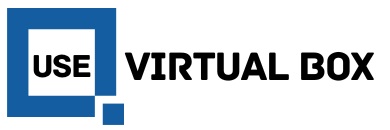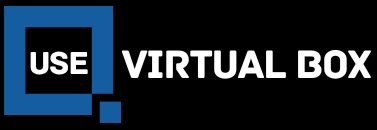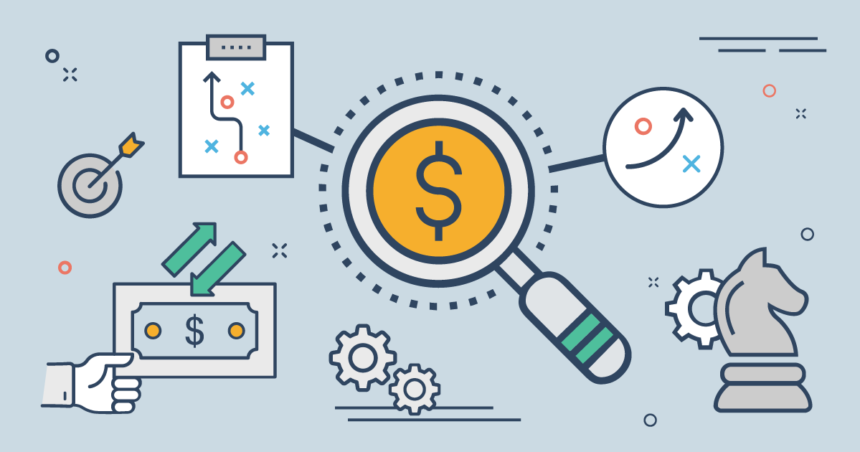In the competitive world of software as a service (SaaS), standing out can be tough. Enter the freemium model, a popular strategy that allows companies to attract users with free access while offering premium features for those willing to pay. But how do you price your freemium B2C SaaS effectively? Finding that sweet spot is crucial for maximizing revenue without alienating potential customers.
Imagine having a steady stream of new users who love your product but aren’t quite ready to make a financial commitment. The key lies in understanding your audience and crafting an irresistible offer. In this blog post, we’ll explore strategies that not only help you set the right price point but also enhance user experience and encourage upgrades. Whether you’re just starting or looking to refine your approach, these insights will guide you on how to price a freemium B2C SaaS successfully!
What is a Freemium B2C SaaS?
Freemium B2C SaaS refers to a business model where companies offer basic software services for free while charging for advanced features. This approach is designed to attract a large user base quickly.
The term “freemium” combines “free” and “premium.” Users get access to essential functionalities without any cost. However, they can opt for premium plans that unlock additional capabilities or enhance their experience.
This model works particularly well in the consumer market, where users are more willing to try new tools without upfront payments. It allows businesses to demonstrate value before asking for financial commitment.
Through this strategy, companies can create loyal customers who might convert from free users to paying subscribers once they see the benefits of premium offerings. The challenge lies in striking the right balance between what’s offered for free and what entices users to pay up.
Benefits of Using a Freemium Model for B2C SaaS
The freemium model has gained traction in the B2C SaaS space for good reason. It allows users to access basic features without any financial commitment, lowering barriers to entry. This can lead to a larger user base and increased brand awareness.
Offering a free tier helps businesses build trust with potential customers. Users can explore the product risk-free, which often results in higher conversion rates from free to paid plans once they see its value.
Additionally, this model encourages virality. Satisfied users are likely to share their experiences with others, expanding your reach organically.
Freemium also fosters loyalty. Providing ongoing value through a no-cost option nurtures long-term relationships even if some remain on the free tier.
Data collection is another perk; insights gathered from user interactions can inform future product development and marketing strategies efficiently.
Understanding the Target Market and Competitors
Understanding your target market is crucial when determining how to price a freemium B2C SaaS. Start by identifying who your ideal customers are, their needs, and pain points. Create user personas that reflect different segments of your audience. This helps you tailor your offerings effectively.
Next, analyze your competitors. Look at similar products in the market and their pricing structures. What features do they offer for free versus paid tiers? Understanding where you stand against them can provide valuable insights into what customers might be willing to pay.
Engage with potential users through surveys or social media interactions to gauge interest and willingness to pay for premium features. Listening directly from the source will refine your understanding of value perception among users.
Keeping an eye on industry trends will also help position your product favorably within the competitive landscape as it evolves over time.
Strategies for Setting the Right Price Point
Setting the right price point for your freemium B2C SaaS can feel daunting. Start by evaluating what features you offer in both free and premium tiers. Ensure users perceive value in upgrading.
Research competitors closely. Understand their pricing structures, feature sets, and customer feedback to inform your decisions. You want to position yourself effectively within the market landscape.
Consider using tiered pricing models that cater to different user segments. This approach allows flexibility, attracting a wider audience while maximizing revenue potential from high-value customers.
Don’t forget about psychological pricing strategies—small adjustments can make a significant difference in conversion rates. For example, setting prices just below whole numbers often increases perceived affordability.
Be open to revisiting your initial pricing strategy as you gather more data on user behavior and preferences over time. Adaptability is key in this ever-evolving market space.
The Importance of A/B Testing and Gathering Feedback
A/B testing is a crucial part of pricing strategy for any freemium B2C SaaS. It lets you experiment with different price points and features to see what resonates best with your users.
By splitting your audience and showing them distinct pricing options, you can gather valuable data on user preferences. This leads to more informed decisions based on real behavior rather than assumptions.
Feedback from customers also plays an essential role in this process. Listening to their experiences can highlight areas for improvement or additional features they value.
Engaging actively with users through surveys or feedback forms helps refine your offerings over time. The combination of A/B testing and customer insights creates a dynamic approach that evolves alongside market demands, ensuring you’re always aligned with user needs.
Leveraging Upselling and Cross-Selling Opportunities
Upselling and cross-selling are powerful tactics in the freemium B2C SaaS landscape. They can significantly enhance revenue streams if executed thoughtfully.
With upselling, you encourage users to upgrade from a free or basic plan to a premium version. Highlight key features that add value—like increased storage, advanced analytics, or enhanced support. Make sure these features resonate with user needs.
Cross-selling involves promoting complementary products or services. If your software integrates with other tools, suggest those connections during the user journey. This approach not only enriches their experience but also establishes your brand as a comprehensive solution.
Personalize suggestions based on usage patterns. Users who frequently engage with specific features might be more inclined to consider relevant upgrades or additional offerings.
Effective communication of these opportunities can lead to higher conversion rates while providing users with valuable options tailored for their needs.
Constantly Evaluating and Adjusting Pricing Strategy
Pricing is not a one-time decision. The market is dynamic, and so are customer preferences. Regularly evaluating your pricing strategy ensures you stay relevant.
Monitor user engagement with both free and paid features. Analyze how often users convert from freemium to premium plans. This data provides insights into what works and what doesn’t.
Be aware of industry trends as well. Competitors may adjust their offerings, which can influence your pricing structure. Staying informed helps you maintain a competitive edge.
Customer feedback plays a crucial role too. Engage with your audience through surveys or direct communication to understand their perceptions of value versus cost.
With this information, fine-tune your pricing model regularly to reflect changes in the market or user behavior. Small adjustments can lead to significant revenue boosts over time when executed thoughtfully.
Conclusion
Pricing a freemium B2C SaaS can seem daunting, but with the right strategies in place, it becomes manageable. By understanding your product’s value and how it fits into the market, you can set a price that resonates with users while maximizing revenue.
Testing different price points allows you to discover what works best for both your business and customers. Gathering ongoing feedback ensures you’re aligned with user expectations and preferences. Take advantage of upselling and cross-selling opportunities to enhance customer experience and boost profits.
Remember that pricing is not static; it’s an evolving aspect of your business strategy. Regularly revisiting your approach will help maintain competitiveness in a dynamic market.
By applying these insights, you’ll be better equipped to navigate the complexities of pricing within a freemium B2C SaaS model—ultimately driving growth and success for your venture.








